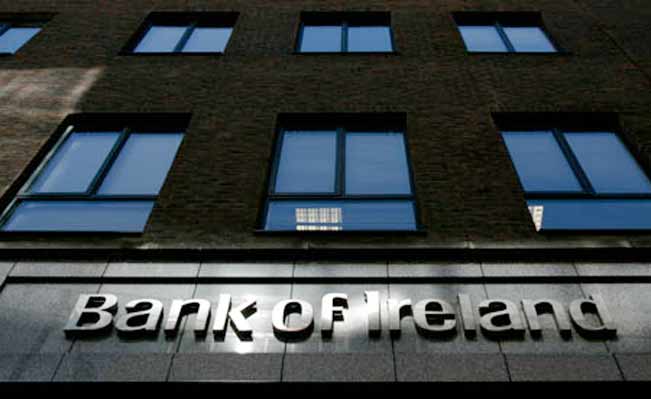
Neil Faulkner Archive | ETOL Main Page
Eleven Reasons to Fight
Published online by Counterfire, 19 October 2010.
Copied with thanks from the Counterfire Website.
Marked up by Einde O’Callaghan for the Encyclopaedia of Trotskyism On-Line (ETOL).
Deflation makes more debts go bad. If people lose their jobs, they cannot pay their mortgages. If people have their pay, pensions, or benefits cut, they spend less in the shops, and consumer-goods suppliers go bust.

|
If firms selling clothes or making bicycles go bust, then other firms that build factories or make machine-tools also go bust.
As households and businesses default, the overhang of bad debt in the global financial system gets worse. One estimate is that the world’s banks lost $3.4 trillion in the 2008 crash. But they are believed to be carrying trillions more in bad debt. And with an economy in slump, these debts will get bigger, not smaller.
Further financial crashes are almost certain. That is one reason European governments are cutting public spending. They cannot afford another round of mega-bailouts without doing so. The austerity is not just because the banks have crashed; it is also because they may crash again.
Ireland’s transformation from Celtic Tiger to basket-case illustrates all these dangers. Between 2000 and 2006, house prices tripled in Ireland. The construction industry’s share of the economy grew from 6% to 14%. Vast profits were to be made financing, building, and selling houses. At the heart of the gigantic property bubble were the Irish banks.
When the bubble burst, house prices fell by 35%, and the Irish financial system was bankrupted by bad debt. The Allied Irish Bank and the Bank of Ireland each got a €3.5 billion state bailout.
The Anglo Irish Bank had to be nationalised. It has since received successive tranches of state funding. €23 billion of taxpayers’ money has so far been spent propping it up. In consequence, the Irish budget deficit currently stands at 32% of GDP and total public debt at 99% of GDP.
The Irish Government’s response has been massive cuts. Prescription charges have been raised 50%, public-sector pay cut 15%, child benefit cut 10%, and unemployment benefit cut 4%. For young workers – whose job prospects are dim – the dole cut is a staggering 50%.
What has been the effect? Ireland is in the grip of a depression. In 2004, the Irish economy grew 4.5%. In the first year after the crash, it fell 8.5%. It stabilised briefly, but has since plummeted again. By the end of 2010, it is expected to have contracted 14% over the year. One in seven Irish workers is now unemployed.
As Guardian economics editor Larry Elliott explains, the Irish Government ‘has spurned counter-cyclical budgetary policy and instead has been raising taxes and cutting spending in a series of budgets and mini-budgets that have sucked demand out of the economy’.
Then comes the news of more bailouts. €23 billion already spent bailing out Anglo Irish is not enough, it seems. Current estimates are now that it will have to rise to €30 billion. The bank bailout will then have cost €10,000 for every Irish citizen. And to pay the growing debt, there will be yet more cuts and more deflation, pitching the Irish people deeper into the vortex of economic decline and human misery.
This is the price that our rulers are willing to pay to prop up international finance-capital. The speculators and spivs of the casino-economy are to be bailed out again and again regardless of the economic cost. The property of the millionaires is to be protected by transforming the welfare state into a bankers’ state. Public services are to be axed to secure the bonuses and profits of busted banks.
If we let them. Ireland is the fifth reason for fighting the cuts. It is one possible face of the future: a sinking cycle of debts, bailouts, and cutbacks. A sinking cycle that mirrors the deflation-fed Great Depression of the 1930s.
The alternative is to invest – to invest to create wealth to pay debts. The starting-point in the struggle for that alternative is to fight every cutback.
Neil Faulkner Archive | ETOL Main Page
Eleven Reasons to Fight
Last updated on: 11 February 2022